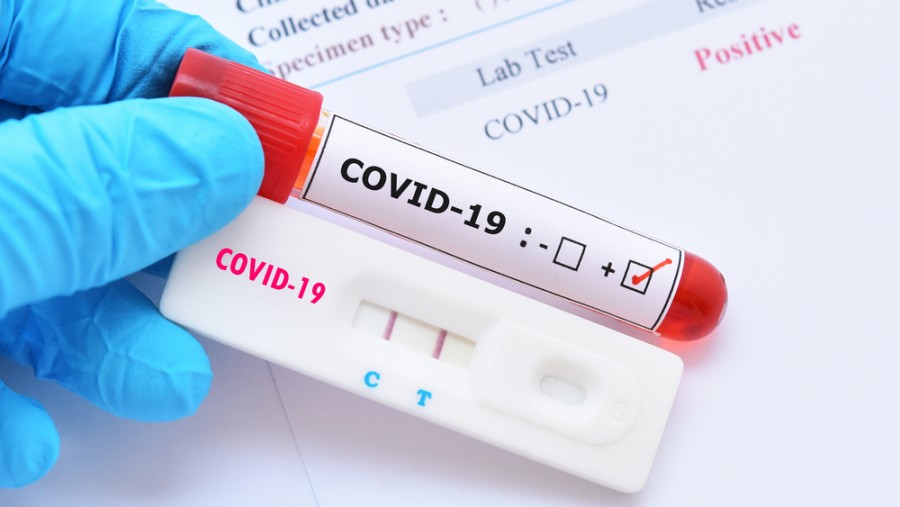With coronavirus cases on the rise in all but one state and a newly reached American death toll of 250,000, this would not seem the moment for the US to take a patchwork response to the pandemic.
But that is what it has done, and that was perhaps never clearer than this week as mayors, school board and governors struggled to fend off the onslaught.
In Ohio, it was a nightly curfew. In Mississippi, it was an expanded mask mandate, and in Iowa a statewide one — the state’s first ever. In Maryland, all bars, restaurants and night clubs were ordered closed by 10pm. And in Pennsylvania, the authorities said anyone travelling to the state would needed to be tested before arrival.
“The new normal is no longer sustainable,” Minnesota’s governor, Tim Walz, said on Wednesday evening as he announced sweeping new restrictions. “The ground is literally shifting under our feet.”
New York City, just eight weeks after open its schoolhouse doors, said it was closing them again. Denver, too, said it would move to all-remote teaching, as did the state of Kentucky. A day after the governor of California said the state was “pulling the emergency brake” on its reopening, Los Angeles county went a step further and announced a curfew for businesses. Illinois, too, imposed new restrictions.
Only in Hawaii were cases reported to be staying relatively flat.
Early in the week, Dr Anthony S. Fauci, the government’s top infectious disease expert, said the nation needed “a uniform approach”, not a “disjointed” state-by-state, city-by-city response. Public health experts say the lack of a national strategy has been a primary reason that the US leads the world in infections and deaths.
Even before the election, there was squabbling within the Trump administration over how to contain the virus.
The disarray has become even more pronounced in the aftermath of the election, with President Trump directing his aides not to cooperate with the transition.










